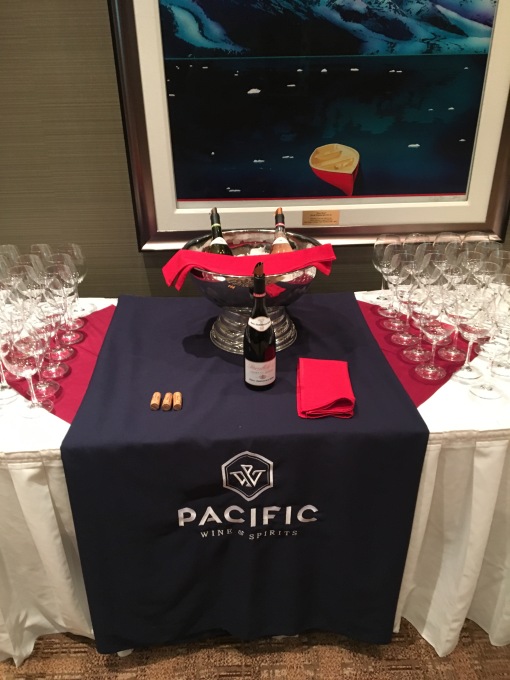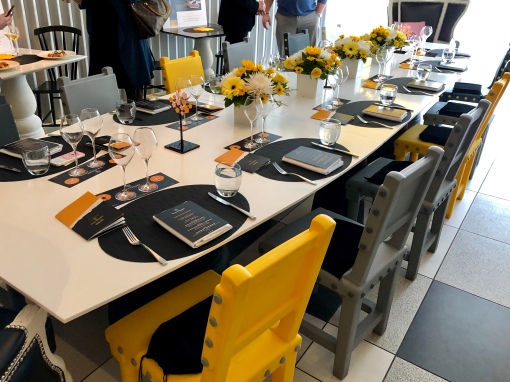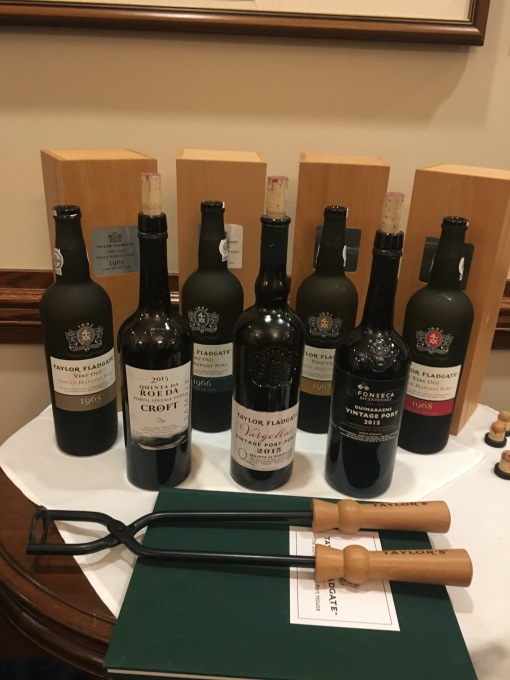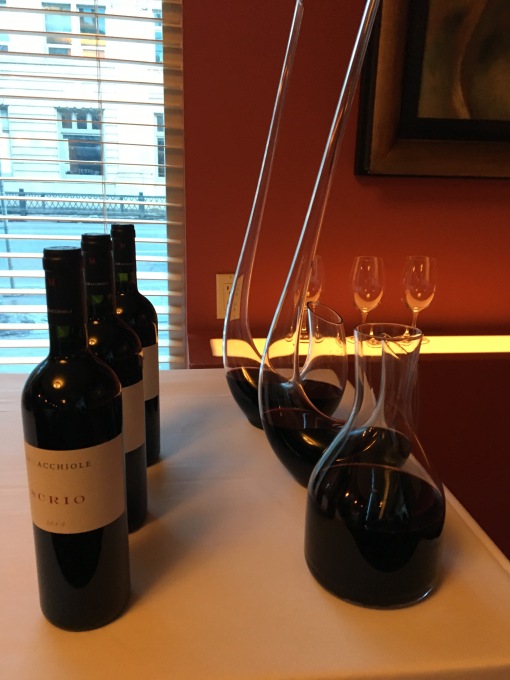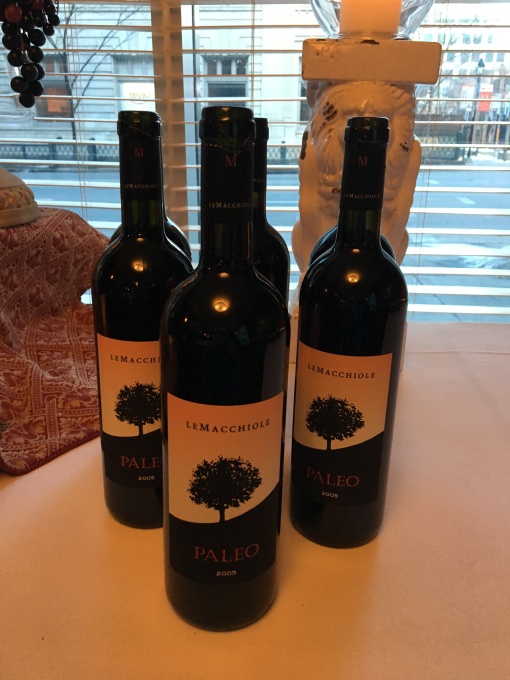By Peter Vetsch
“All wine would be Port if it could.”
And with that, Cynthia Opsal, Brand Manager for The Fladgate Partnership at Pacific Wine & Spirits, kicked off this year’s rendition of one of my favourite annual tastings in the Calgary wine calendar, perhaps the only one to have now been blogged four separate times on this site. On a quiet Thursday afternoon in Calgary, a small group of us became the first people in Canada to taste Taylor Fladgate’s most recent 50 year-old Port release, the 1969 Very Old Single Harvest Port. It was worth the half-century wait.
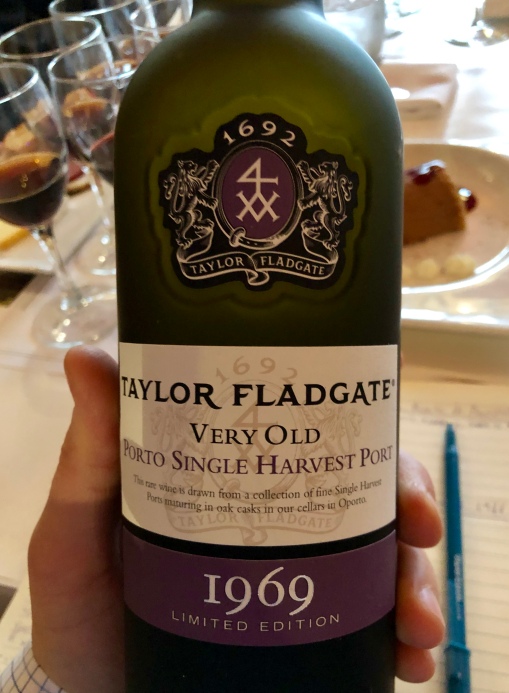
I’ll back up. Taylor Fladgate was founded in 1692, is now 327 years old, and is still being run by the same family that started it all, whose holdings have since expanded to include three other legendary Port houses. In 1998, The Fladgate Partnership acquired Fonseca, whose winemaker David Guimaraens now crafts the Ports of all of the houses, and in 2001 it acquired Croft, the oldest active Port producer in the world (now 431 years old and counting). The last acquisition was Wiese & Krohn, a relative baby compared to the others, having only been founded 154 years ago in 1865, but possessed of considerable cellar stocks of Tawny Port dating back decades. This fact was particularly relevant for Fladgate’s desire to go beyond the standard 10, 20, 30 and 40 Year Tawny Port designations and create a novel 50 Year Port. It is likely not coincidental that the Krohn purchase came in 2013 and the initial 50 Year release followed a year later.
 Of course, wine laws being what they are and no story being remotely as interesting without some twists and turns, it wasn’t as easy as just slapping a “50 Year Tawny” label on a blended Tawny whose average wine age hit the half-century number. This designation did not and does not exist — there is no permitted vintage-blended aged Tawny Port designation above 40 Year. Presumably Portuguese wine lobbying is not a productive pursuit. So what to do? There is a separate recognized class of Tawny called a Colheita (“kohl-YAY-ta”) Port: a Tawny Port whose constituent wines were all harvested in the same single vintage, effectively a Vintage Port that is oxidatively aged like a Tawny instead of being bottled early. Other than a requirement that Colheitas have to spend at least 7 years in barrel, there was no other limit on how old a Colheita could be and when it had to be bottled, so as long as The Fladgate Partnership had access to enough back-vintage Tawny to bottle a batch for each successive vintage (which they now did), their 50 Year dream could be realized.
Of course, wine laws being what they are and no story being remotely as interesting without some twists and turns, it wasn’t as easy as just slapping a “50 Year Tawny” label on a blended Tawny whose average wine age hit the half-century number. This designation did not and does not exist — there is no permitted vintage-blended aged Tawny Port designation above 40 Year. Presumably Portuguese wine lobbying is not a productive pursuit. So what to do? There is a separate recognized class of Tawny called a Colheita (“kohl-YAY-ta”) Port: a Tawny Port whose constituent wines were all harvested in the same single vintage, effectively a Vintage Port that is oxidatively aged like a Tawny instead of being bottled early. Other than a requirement that Colheitas have to spend at least 7 years in barrel, there was no other limit on how old a Colheita could be and when it had to be bottled, so as long as The Fladgate Partnership had access to enough back-vintage Tawny to bottle a batch for each successive vintage (which they now did), their 50 Year dream could be realized.
The first Taylor Fladgate Very Old Single Harvest Port was the 1964, released in 2014. We are now on year five of the program and the inaugural release of the 1969, a wine which almost didn’t come to be due to the significant challenges associated with the vintage (any rough edges of which seem to have been smoothed away by fortification and 50 years to relax in barrel). We began the afternoon tasting Single Quinta Vintage Ports from the crown-jewel vineyards of each of the Partnership’s main three houses, and ended off with a running four-year vertical of the most recent Very Old Single Harvest releases, which I almost immediately realized were the four prior releases that PnP has covered, putting me face to face with my own history as well as that of the estates in the glass. Read the rest of this entry »

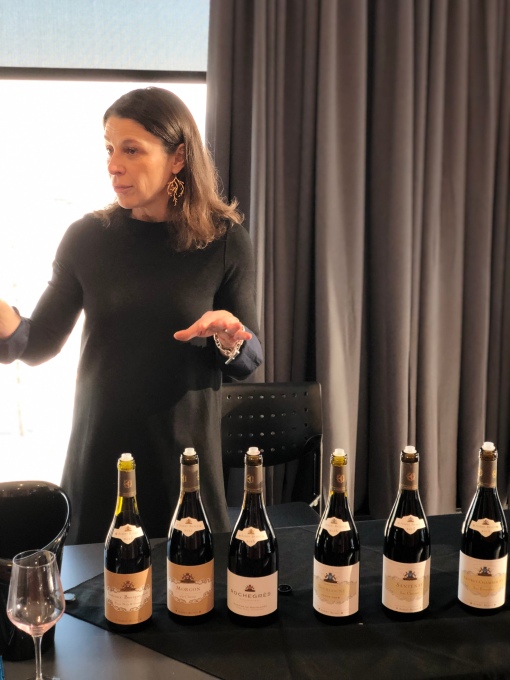

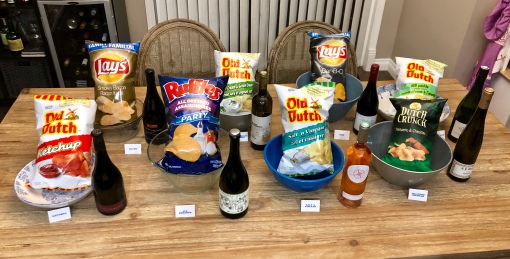

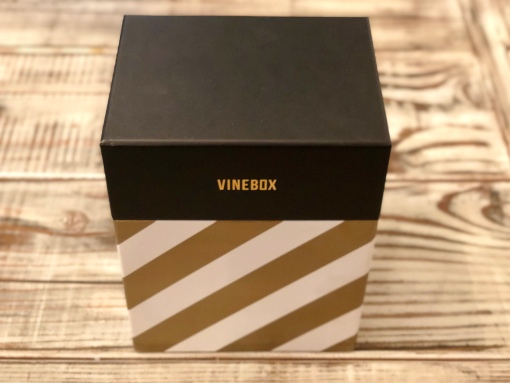
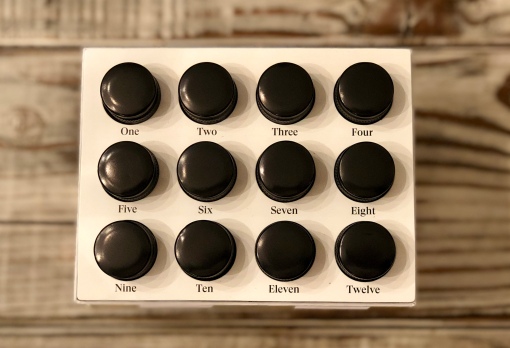
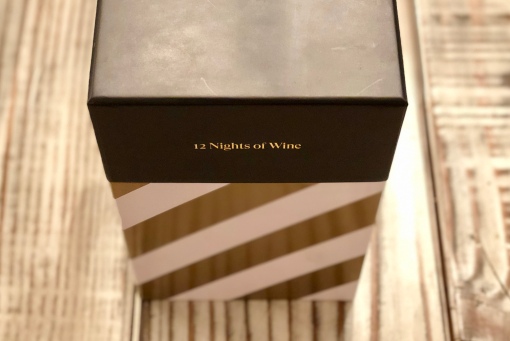

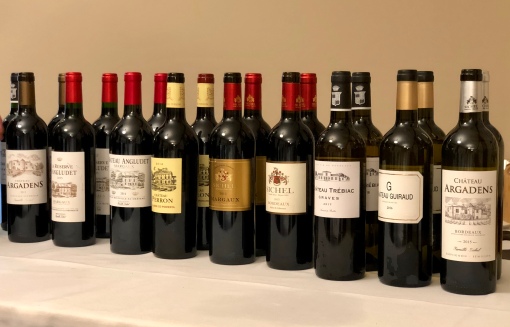
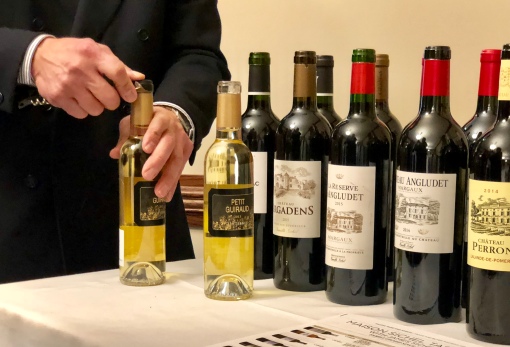
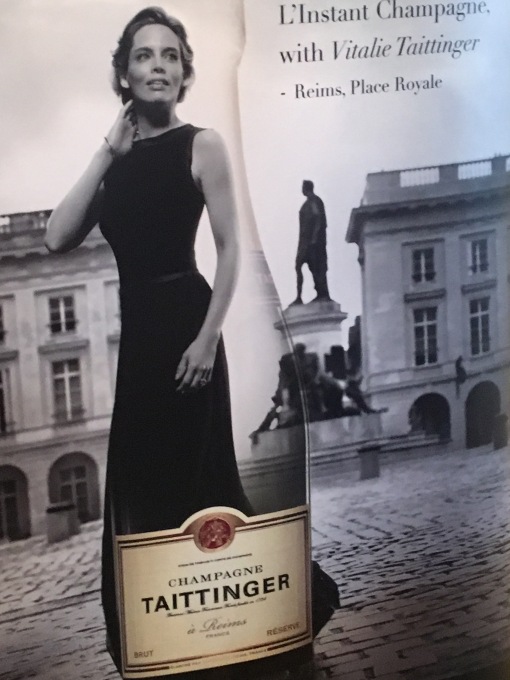 Taittinger’s Mikael Falkman comes highly recommended, although on this occasion he seems more inclined to let these majestic wines speak for themselves. He does come to life near the end of the tasting with an exuberant blend of knowledge and humour. Mikael makes sure to provide a concise history of this famed house, but I particularly appreciate his expositions of the Taittinger family’s winemaking philosophy. I will provide these gems and nuggets along with my tasting notes for each wine.
Taittinger’s Mikael Falkman comes highly recommended, although on this occasion he seems more inclined to let these majestic wines speak for themselves. He does come to life near the end of the tasting with an exuberant blend of knowledge and humour. Mikael makes sure to provide a concise history of this famed house, but I particularly appreciate his expositions of the Taittinger family’s winemaking philosophy. I will provide these gems and nuggets along with my tasting notes for each wine. 

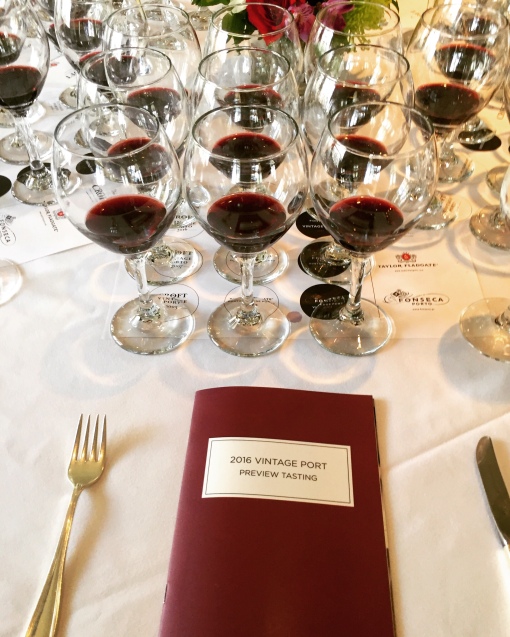
 I was attempting to pace myself until the second half of this tasting, wishing to avoid palate fatigue and endeavoring to preserve a fresh mindset for the crown jewels near the end. That delicious St.-Joseph in particular made this sort of patience challenging. I glance to the end of the written materials and there’s even a dessert wine to close things out. Wow. We did move quickly and this was a good thing. There was just enough time to analyze and enjoy some brief discussion about each wine. Part II begins with the “roasted slope”, peaks on Hermitage hill (the big reason we are all here!), and ends in … Beaumes de Venise?! Read on, faithful.
I was attempting to pace myself until the second half of this tasting, wishing to avoid palate fatigue and endeavoring to preserve a fresh mindset for the crown jewels near the end. That delicious St.-Joseph in particular made this sort of patience challenging. I glance to the end of the written materials and there’s even a dessert wine to close things out. Wow. We did move quickly and this was a good thing. There was just enough time to analyze and enjoy some brief discussion about each wine. Part II begins with the “roasted slope”, peaks on Hermitage hill (the big reason we are all here!), and ends in … Beaumes de Venise?! Read on, faithful.